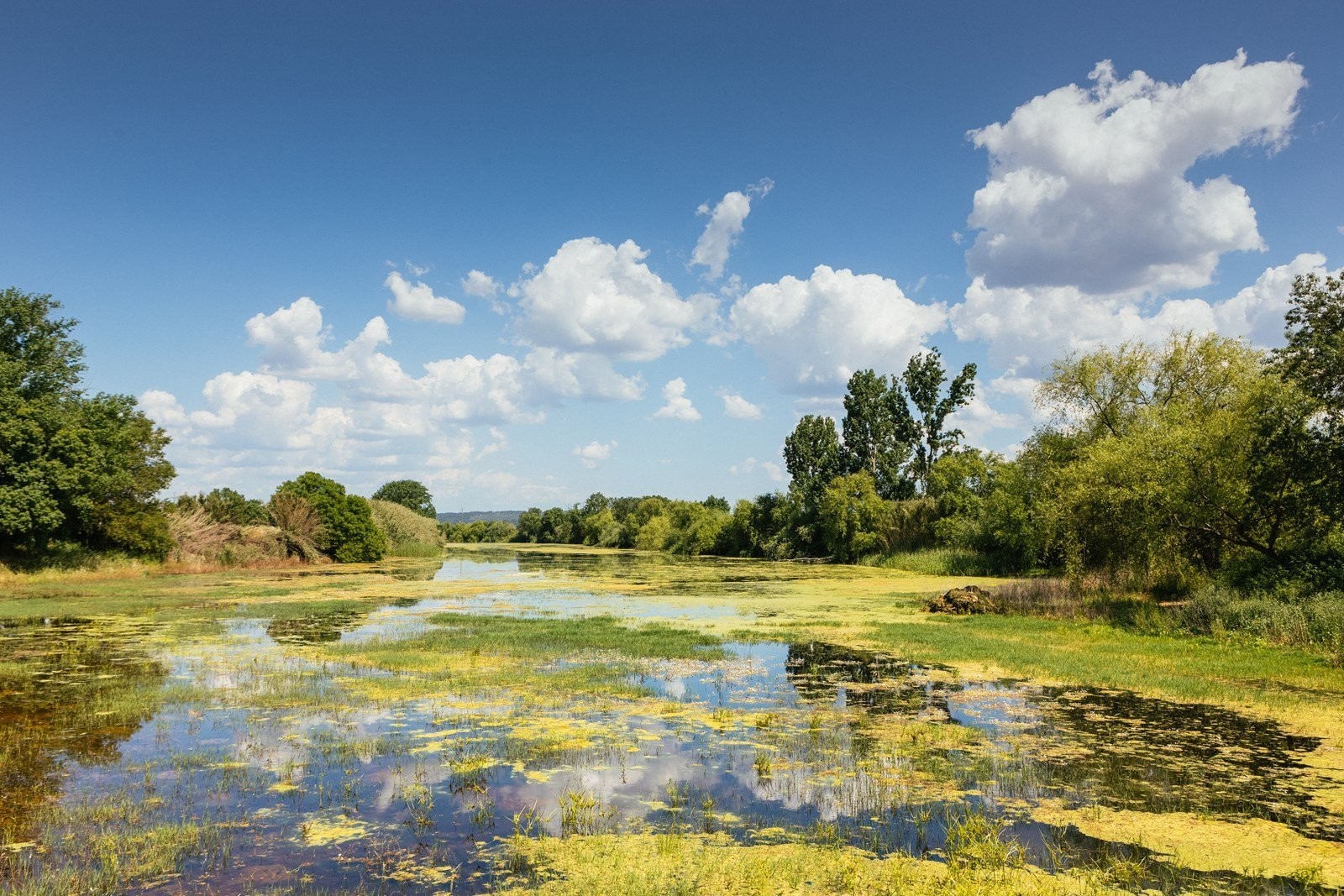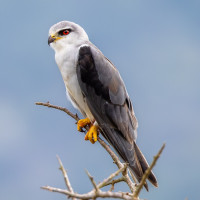Descripción
Boquilobo Bog Nature Reserve is a wetland located near the village of Golegã. It is a UNESCO biosphere reserve and a Ramsar wetland. The landscape is largely defined by the huge web of watercourses covered with various aquatic plants and by the willow trees that grow on the banks. There are no people living within the reserve, but the area around the reserve, which is fertile due to the humidity, is very suitable for agriculture and provides grassland for livestock. In the protected area are also herds of horses that graze or roam free here. The Paul do Boquilobo Nature Reserve is impressive for its silence and tranquility. This makes it the ideal place to observe migratory birds, which are here for different seasons. The high ornithological value is attested by the presence of about 221 species of birds, especially herons, such as Garcilla Bueyera, Garceta Común, Martinete Común, Garza Real, Garza Imperial and Garcilla Cangrejera. Espátula Común has here one of its few nesting sites in Portugal. It has a large wintering duck population, with for example Ánade rabudo norteño and Porrón Europeo. The symbol of the park is the Garceta Grande. The reserve is home to the largest number of Garceta Grande on the Iberian peninsula, and they are found there from February/March until the summer.
Note: Despite the presence of a large number of birds during most of the year, the birds take refuge mostly in areas inaccessible to visitors, which makes it sometimes quite difficult to observe waterbirds in this place. At the southern end of the wetland there is bird hide (Braço do Cortiço) for the observation of waterfowl by visitors. Unfortunately, the bird hide is facing south, which makes it difficult to observe birds in good light conditions, unless the sky is cloudy. Nevertheless, if the waterfowl is hard to see, birding is still very rewarding because there are plenty of other interesting birds in the area that can be seen. See the birdlist below.
Detalles
Accesso
Take the A1 motorway up to km 95 and then by the A23 to km 8. From here you should take the EN 243 in the direction of Golegã. Upon arriving at Riachos, enter the village and look for the arrows that indicate "reserva natural". It is about 4 km to the visitor center, where you can park.
The area is essentially explored on foot, along the western edge of the wetland. Next to the entrance, there is a panel with a map that marks the proposed route. This route follows along the Almonda River, next to the riparian galleries. Since it is not possible to access the areas frequented by waterfowl, because they are within the part of the reserve that is not accessible, the route allows to observe mainly passeriformes and other land birds.




